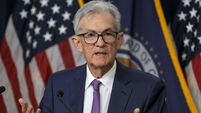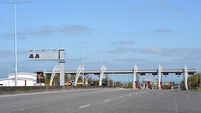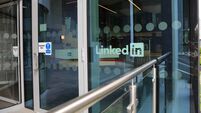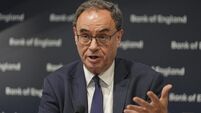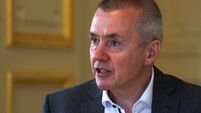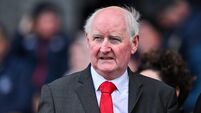Oliver Mangan: For the ECB, inflation remains too high
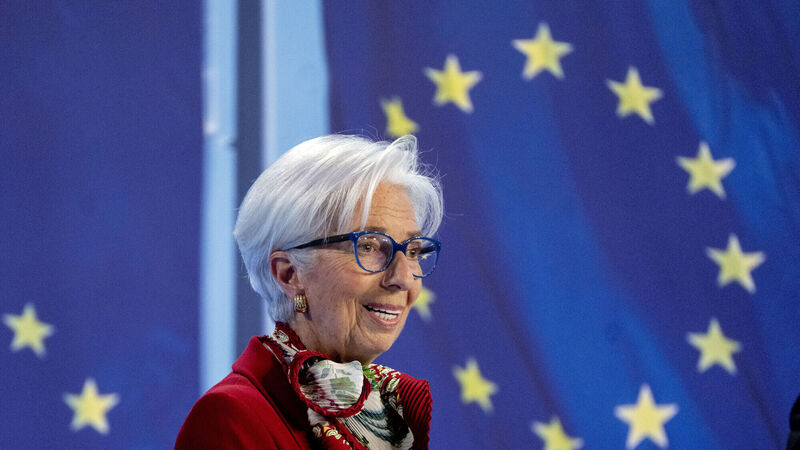
ECB president Christine Lagarde indicated last Thursday that the central bank has more ground to cover in tightening policy. File picture: Michael Probst/AP
The eurozone economy has lost considerable momentum since last summer. GDP fell by 0.1% in the final quarter of 2022 and again in the opening quarter of 2023, with the economy thus entering a technical recession.
The squeeze on real household incomes, from elevated levels of inflation and higher interest rates, has weighed on consumer spending, while exports have weakened in the face of slower global growth. However, there has been a marked variation in the performances of the larger Eurozone economies over the past year. The heavily energy-reliant and export-orientated German economy has lagged well behind the others, with GDP declining by 0.5% in the final quarter of last year, and 0.3% first quarter of 2023, to leave it down by 0.5% on the year-earlier level.
By contrast, the French, Italian and Spanish economies saw growth of 0.2%, 0.6% and 0.5%, respectively, in the first quarter of 2023, with strong year-on-year growth rates for Italy and Spain in particular, at 1.9% and 3.8%.
In terms of more recent data, retail sales stagnated in April, meaning they were 2.6% lower in year-on-year terms. Industrial output rebounded by 0.8% in April, but remained quite weak overall, having declined by a chunky 3.8% in March.
Elsewhere, survey data available for April and May shows that the services sector is continuing to strongly outperform manufacturing, which continues to contract.
Meanwhile, labour market conditions have tightened.
The unemployment rate fell in April, to a new all-time low of 6.5%. At the same time, the latest available employment data, which are for Q1 2023, show a strong 0.6% rise in the quarter for a year-on-year gain of 1.6%.
This has pushed up wage growth, with the European Central Bank (ECB) referencing the upward pressure on unit labour costs.
Regarding inflation, the headline HICP rate has fallen sharply from its peak of 10.6% last October. It declined to 6.1% by May, down from 7.0% in April, helped by lower energy costs.
However, inflation has become more broad-based, with services inflation rising from 4.4% in December, to 5.0-5.2% in the March to May period. The core HICP rate, though, which excludes energy, food, alcohol, and tobacco, did decline to 5.3% in May from a tight 5.6-5.7% range in the previous three months.
The latest ECB projections are for headline inflation to average 5.4% this year, with the core rate at 5.1%. Both rates are forecast to fall to 3% in 2024 and decline further to near 2% by 2025. The ECB has been quite blunt in stating that while inflation has been coming down, it is still projected to remain too high for too long. Thus, it hiked its key deposit rate by a further 25bps to 3.5% at last Thursday’s council meeting.
ECB president Christine Lagarde also clearly indicated that the central bank has more ground to cover in tightening policy, adding that another rate hike is very likely at its next policy meeting in July.
Markets are beginning to price in a further rate increase in the autumn too, which would bring the deposit rate to 4%.
Economic growth may be weak but, for the ECB, inflation remains too high, necessitating the continuation of rate tightening.
- Oliver Mangan is chief economist at AIB



